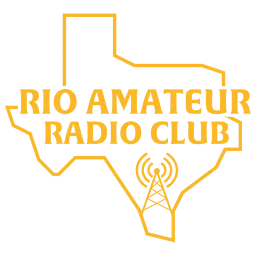
Amateur radio, also known as ham radio, is a popular hobby that involves the use of various communication modes to establish wireless communication between licensed amateur radio operators. These operators, often referred to as "hams," use a wide range of technologies and frequencies to engage in two-way communication, experimentation, and public service. The diverse modes of communication in amateur radio showcase the versatility and adaptability of this hobby.